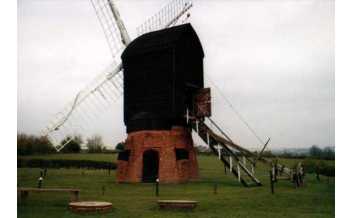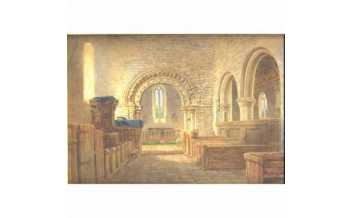Activities
-
Arley Arboretum & Gardens, Bewdley
Renowned for its stunning beauty, Arley Arboretum sits on the banks of the...
-
Avoncroft Museum of Historic Buildings,...
An open-air museum of relocated buildings, it was founded in 1963 following...
-
Forge Mill Needle Museum, Redditch
This is a historic museum depicting Redditch's Industrial Heritage, which was...
-
-
Harvington Hall, Worcestershire, England
Humphrey Pakington’s house was built in the 1580s and has priest hides from...
-
-
Museum of Royal Worcester, Worcester
The museum holds over 10,000 ceramic objects, exploring the history of 250...
-
-
Stone House Cottage Garden, Kidderminster
The garden at Stone House Cottage is the display garden for the adjoining...
-
The Commandery, Worcester
The museum is in what was the Royalist headquarters during the deciding...
-
The Firs: Elgar's Birthplace, Worcester
This National Trust site is the former home of famous composer Edward Elgar,...
-
-
Tudor House and Garden, Worcester
Tudor House was established as Southampton's first museum in 1912. The site...
-
Worcester City Art Gallery & Museum,...
The museum was founded in 1833 by members of the Worcestershire Natural...



















